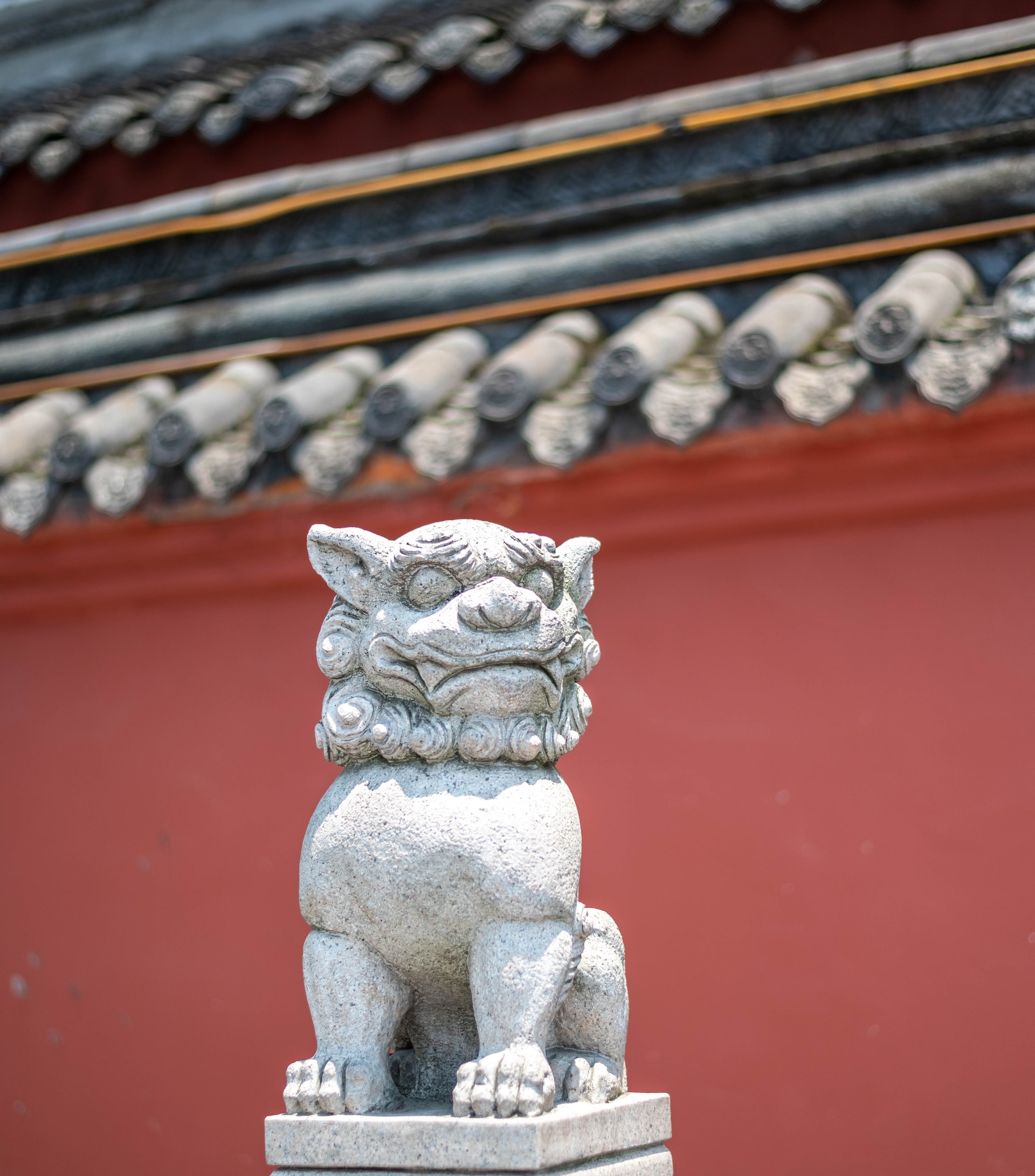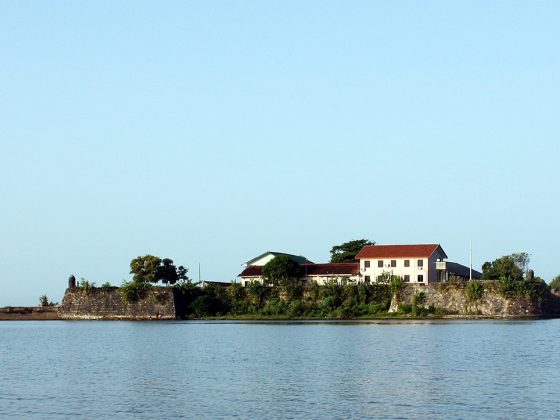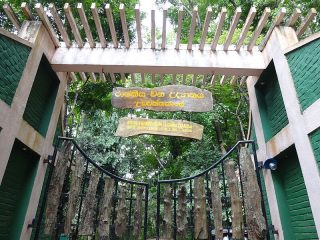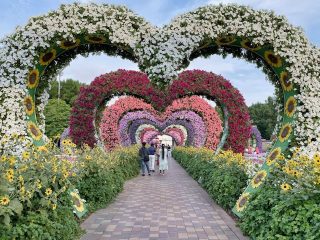The largest and best-preserved monastery in Chengdu City, the Wenshu Monastery is authentic and is still active with many worshippers, who pray and burn incense as part of their religious activities. With a beautiful garden, it’s not exclusive to religious visitors as many locals visit for a light stroll and peaceful winding down.

Overview
Initially called the Xinxiang Temple, it was renamed after a certain monk in Chinese history, believed to be a reincarnation of the bodhisattva Manjusri (Wenshu in Chinese dialect), Today, it’s considered a meeting place for religion, architecture, sightseeing and Buddhism.
Layout
Consisting of over 190 rooms in total, the monastery covers an area of 200,000 square meters, consisting of several dorms as well as meditation and dining rooms. Strikingly, there are several halls as you enter the monastery – such as the Tianwang and Cangjing Halls – which contribute to the enclosed quadrangle dwelling of the complex.
Highlights
Host to over 300 Buddha statues of various make, such as iron, wood, stone and jade, there’s plenty to take in terms of culture, ranging from Liang to Qing dynasties. The Cangjing hall also holds plenty of art and history – from handwriting to art and paintings that describe the tale of both ancient and contemporary China. The monastery is also host to a famous teahouse for tea lovers to observe and partake of Chinese tea culture.
Nearby Attractions
The monastery is located just north of the city center, which is a somewhat convenient location for those staying in places such as Chengdu serviced apartments, as it puts them within 10 kilometers of several attractions, such as Tianfu Square – the center of Chengdu – and what contains the Chengdu museum as well as the Sichuan science and technology museum. Visitors are likely to come upon Kuanzhai alley as well, a place for leisure and relaxation. It’s a convenient stop-off before heading back home, or for travelers – the Citadines South Chengdu.
Advice for Visitors
As the Wenshu Monastery is located in the oldest district in town, the surroundings come with a certain amount of history. This applies to the food and snacks available to you, and it’s best to try them before the development of Chengdu city overtakes the culture that still remains. It may also benefit you to plan out your visit to the monastery, as it’s still active and is less of an attraction than it is a religious site.











